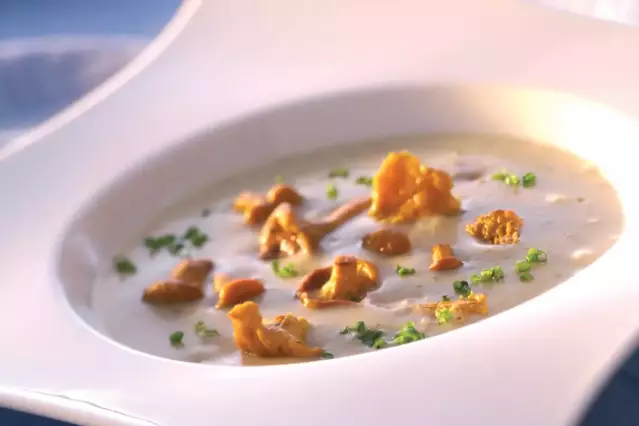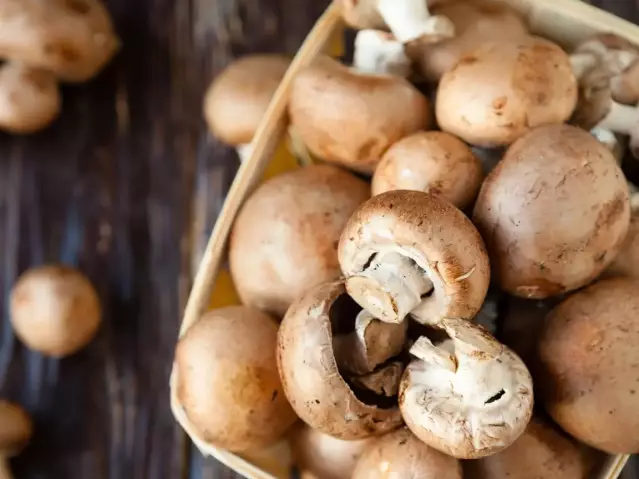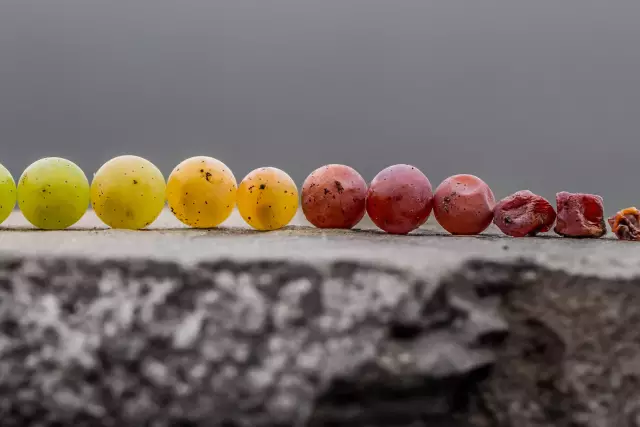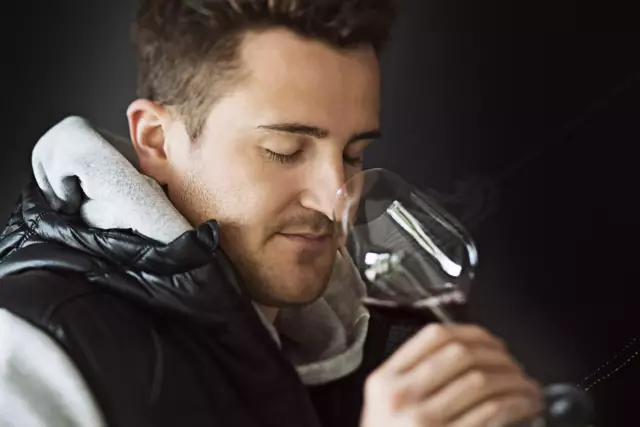Mushrooms & Wine
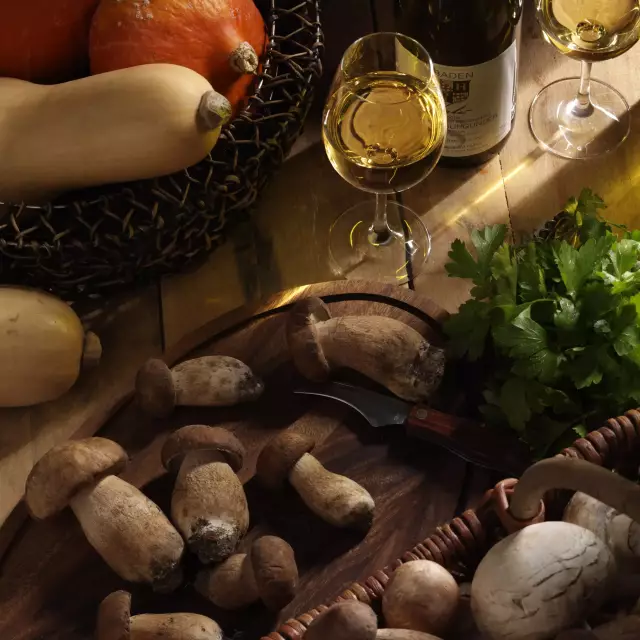
Wild mushrooms can be quite demanding in their choice of culinary partners and prefer wines with subtle and mild flavours. While a delicate potpourri of mixed mushrooms requires a full-bodied wine, flavours should not be too overwhelming.
Facts
-
2019
The chanterelle was the mushroom of the year
-
The fourth
Saturday in September is celebrated annually as European Mushroom Day.
-
About 2kg
mushrooms are consumed per capita in Germany every year
Delicious pairings - Wild mushrooms and wine
Take porcini, for instance: These most exquisite of all edible mushrooms form a perfect symbiotic relationship with a Pinot Blanc that is full-bodied yet delicately fruity. Even rather mature wines are great companions, since the subtle flavours of the mushrooms make them appear youthful and fresh. A mild acidity retains the harmony of this delicate, melt-in-the-mouth dish.
More expressive dishes, such as porcini or other mushrooms that have been fried to crispy perfection in butter, harmonize well with heartier wines with a fresh, fruity acidity, such as Riesling – a delectable alliance.
Wild mushrooms play a pleasant supporting role alongside a roast. In this case, the roast takes precedence in selecting the wine companion. However, wines such as a smooth Pinot Noir from the Ahr region or a subtle Meunier (Schwarzriesling) from Württemberg take care that the delicate mushroom flavours don’t get lost in this expressive mélange.
Mushrooms as a main dish, with a rich creamy sauce and dumplings, require a subtly fruity fresh Riesling that counters the exquisite opulence of the dish with its vivacity.
Autumn creations - wine harmony guaranteed
Whether you require a companion for delicately flavoured wild mushrooms or pumpkins: In the cellars of the German winemakers, a parade of fantastic wines is ready to give a brilliant performance on your table. And Wines of Germany has a few simple guidelines for you to follow – to avoid even the slightest hints of disharmony creeping into these alliances.
Wild mushrooms such as porcini, bay boletes and chanterelles
Braised, wild mushrooms tend to display extremely delicate flavours and acquire a melt-in-the-mouth touch. Most often, they are lightly sautéed in a frying pan with onions, only seasoned slightly and rounded off with a dash of lemon, in order to preserve their subtle nutty taste. Suitable wine companions should also help to retain the delicate mushroom flavours. A gentle Pinot Blanc or a Silvaner from Rheinhessen does a great job.
Crisp-fried in butter, porcini develop very distinct nuances. Their typical flavours form a delicious alliance with the delicate roast aromas. A smooth Riesling with a moderate fruity acidity is a welcome companion. It showcases the spicy nuances of the mushrooms. As far as red wines are concerned, a more distinctly fruity Pinot Noir or Portugieser fits the bill.
In a creamy sauce, mushroom dishes are not exactly light fare. A full-bodied Riesling or classic Pinot Gris makes for a happy combination. The wine’s balanced acidity, subtle richness and maybe even a hint of residual sugar are excellent counterparts for the potpourri of flavours created by braised mushrooms, cream and fresh herbs.
Mushrooms play an expressive supporting role alongside a roast. In this kind of menu, the roast takes precedence in selecting the wine companion. However, it’s a good idea to also pay attention to a harmonious relationship between wine and mushrooms. Smooth red wines with balanced tannins such as Pinot Noir from Baden or the Ahr region are commendable. Hearty red wines rich in tannins would take center stage here – and drown out the delicate mushroom aromas.
Can wines themselves develop a mushroom or champignon aroma?
Yes! This aroma manifests itself in earthy, spicy tones such as forest floor or foliage, but in extreme form it can also develop into an off-flavor. This strong mushroom note is caused, among other things, by the substance geosmin, which in turn can be caused by botrytis infestation.


